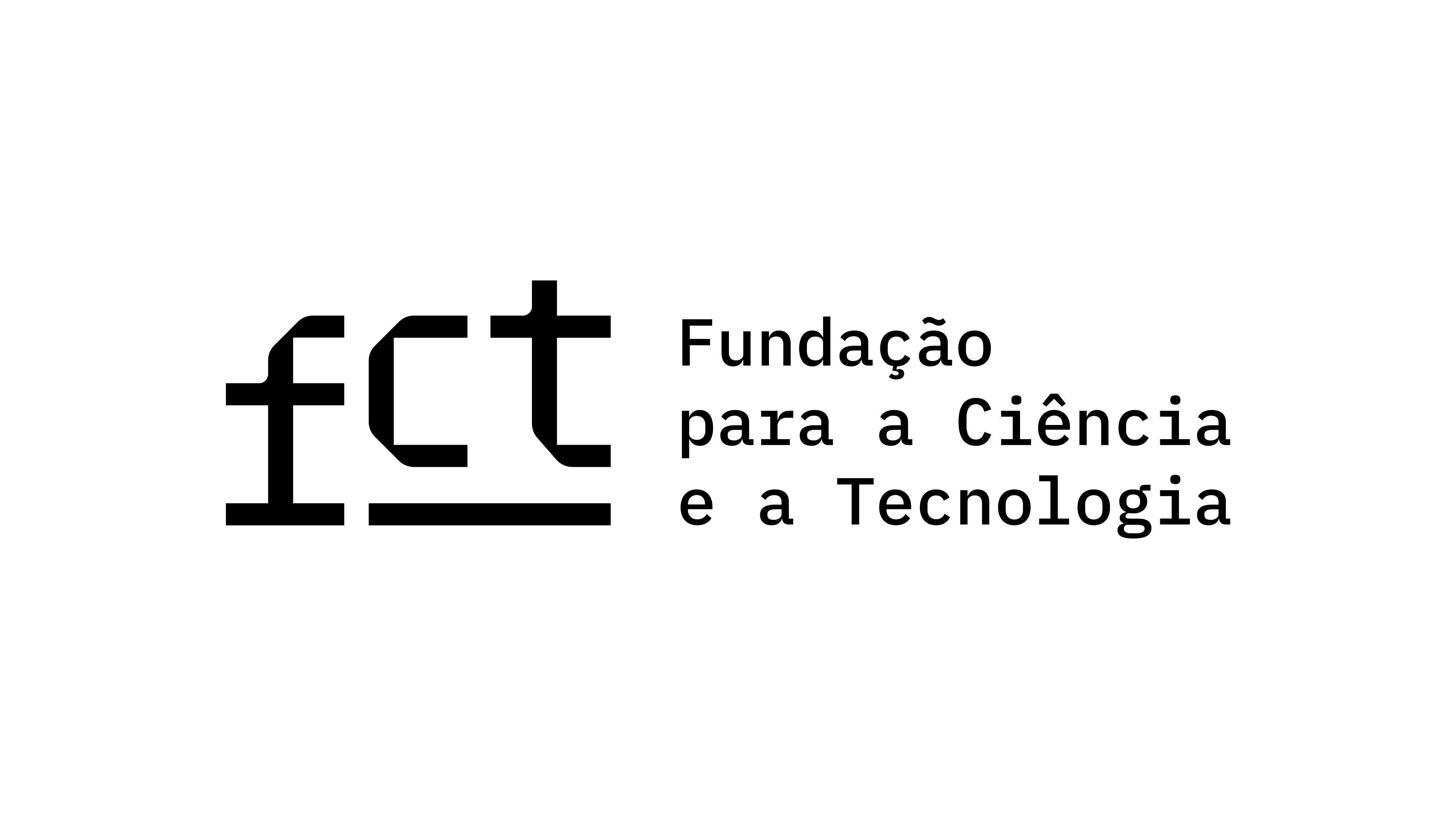“Each Single Gesture Becomes a Destiny”: Gesturality between Cinema and Painting in Raúl Ruiz’s L’hypothèse du Tableau Volé
Palavras-chave:
Giorgio Agamben, Gesture, Intermediality, Painting, Raúl RuizResumo
With a chiastic flourish, the Collectionneur of Raúl Ruiz’s 1978 film essay L'Hypothèse du tableau volé rises to his feet, points definitively towards the frame and, with rising intonation, signals that unlike a painting, the tableau vivant reveals in its motility what a static painting cannot. The self-reflexive delivery, and the grandiosity of his gesture, indicate that the same gift has been bestowed upon cinema. While the ensuing narrative may portray him as an isolated eccentric, his words and actions speak to a long-held fascination with the relative capacities of painting and cinema when it comes to capturing gesture.
Both cinema and painting can lay claim to an indexical intimacy with gesture: when we look at a painting we can discern the individual gestures of the artist’s hand which brought it into being. At the same time, cinematographic arts allow the gestures themselves to be displayed onscreen, although the apparatus which captures them is mechanical. In his foundational 1992 essay “Notes on Gesture”, Agamben explicitly cites painting as a medium which is gesturally inferior to cinema: “Even the Mona Lisa, even Las Meninas could be seen not as immovable and eternal forms, but as fragments of a gesture or as stills of a lost film wherein only they would regain their true meaning.” This study will show that it is not singularly in cinema or in painting that pure gesturality might be found, but rather in intermedial spaces such as those opened up by the interactions between cinema and painting.
Ruiz lures the viewer into searching for clues to solve the conspiracy around the paintings by scanning for the smallest movements onscreen. The reconstruction of the paintings as tableaux vivants allows the gestures to be interpolated between stillness and movement, between fiction and reality, between paint and the moving image. The tableau vivant constitutes an attempt to halt gesturality between two media, to interrupt its ceaseless mediation and discern some deeper meaning through an enhanced interstitial perspective and by perceiving the movements of both the figures in the painting and the actors, who cannot help but tremble as they hold their poses.
This study will explore techniques of anamorphosis, Diderotian dialogue and elliptical production design to observe how cinema and painting gesture towards each other. The opportunity to combine close scene analyses with more abstract forays into psychoanalysis and art history is a luxury afforded by these kinds of interstitial considerations. Gesturality beckons, but as we approach it we cannot help but re-enact its ceremony and gesture towards or beyond ourselves.
Downloads
Publicado
Como Citar
Edição
Secção
Licença

Este trabalho encontra-se publicado com a Licença Internacional Creative Commons Atribuição 4.0.




